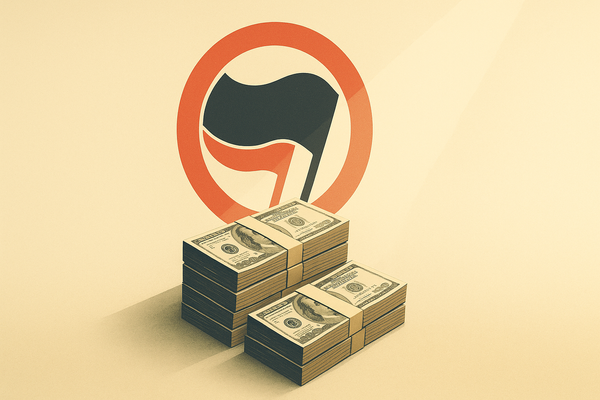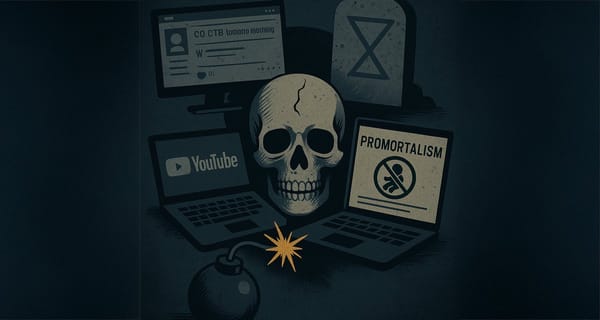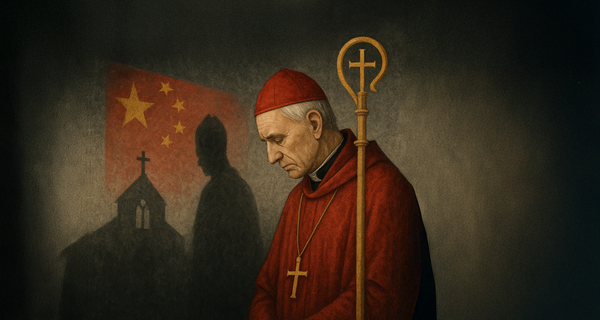Rising PDX: The Confrontational Tactics Of Civil Unrest
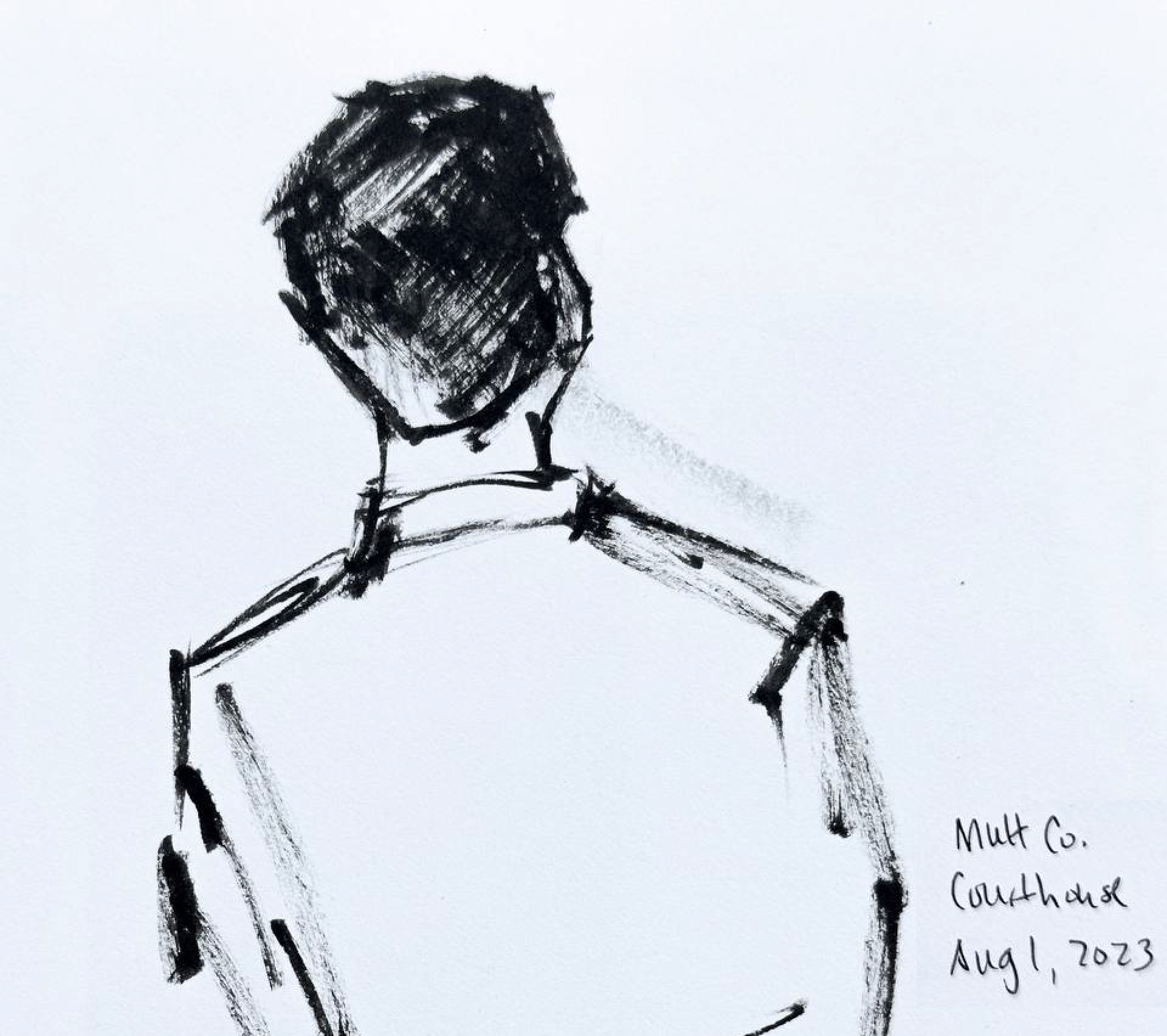
Amid the Pacific Northwest's sprawling emerald embrace lies Portland, Oregon, a city that possesses a captivating blend of harmony and rebellion. Portland is an intriguing paradox, a place where the artisanal scent of coffee intertwines with the persistent aroma of unconventional horticulture. Here you can visit one of the worlds largest bookstores, eat lunch at one of Portland’s legendary food carts, or land yourself in one of the tallest buildings overlooking the Hawthorne Bridge; a place where those who peer above the city look like they are gazing upon her for the first time. Looking outside the Multnomah County Courthouse window with me that Monday morning were members of Rose City Antifa, who made an appearance as a show of support in a civil trial against fellow members standing accused of attacks against Independent Journalist, Andy Ngo.
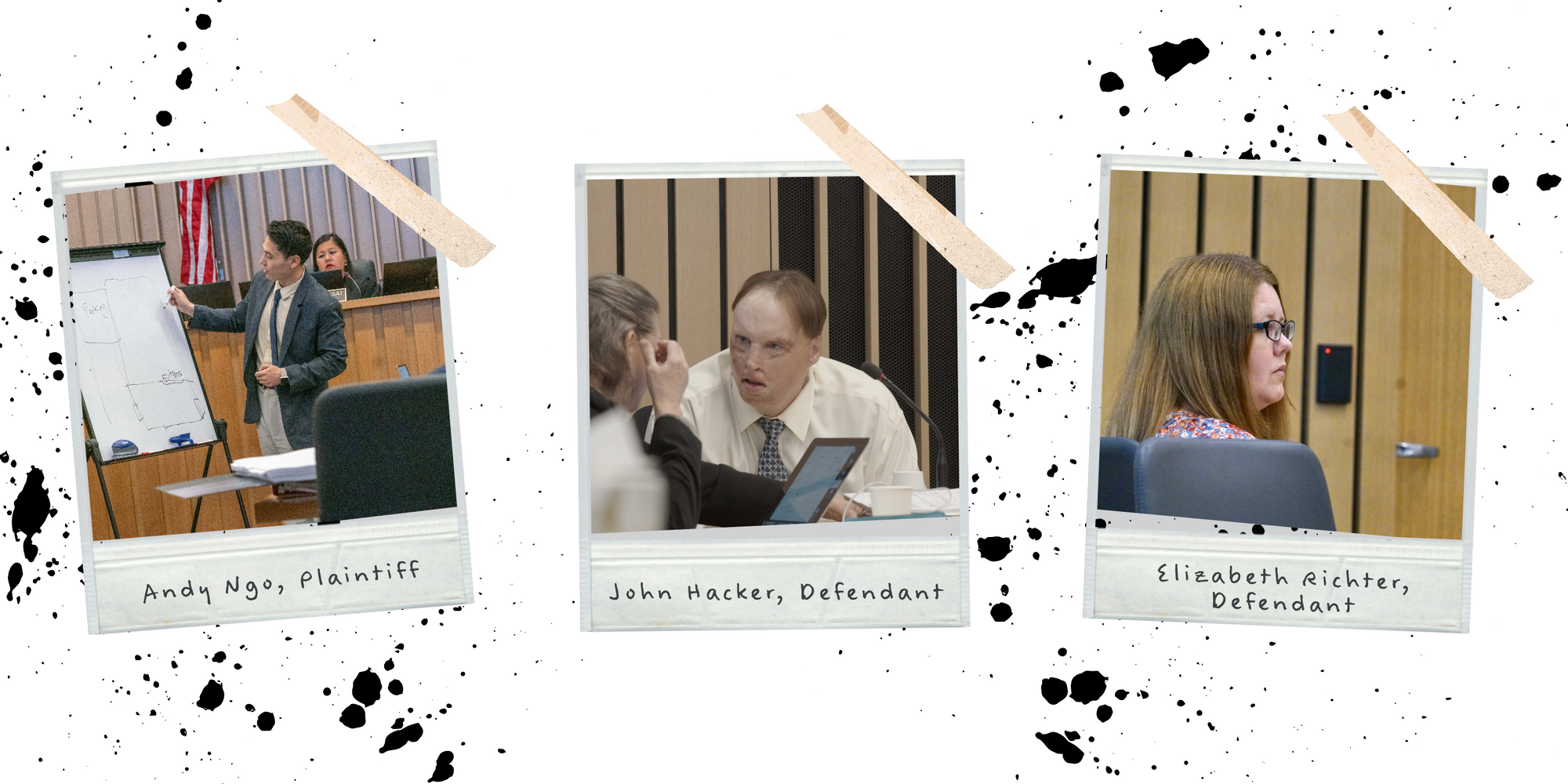
The events leading up to the trial consist of many irrefutable occurrences which are meticulously documented in the media, like June 29, 2019, when Ngo set out to cover protests in downtown Portland’s Pioneer Square. Antifa members refer to this day as the milkshake incident, the day they beat him, stole his equipment, and blinded him with an unknown substance. These demonstrations made Antifa syndicates in violent direct action and Ngo's reporting diminished their claims of being victims of right-wing extremism.
The status of violence is about means and ends in a revolution that cannot be purchased, but lives within the spirit of each of its members who in turn reinforce these attitudes through social means and appeal. This revolutionary force has several targets, the moral, the material, and anyone who subverts their message of fighting power and privilege, like Andy Ngo. Portland is a hub for various social and political movements, ranging from environmental advocacy to civil rights protests. The residents of Portland have laid witness to years of domestic unrest and radical politics that have deepened over the years and turned peaceful protests into fiery upheaval.
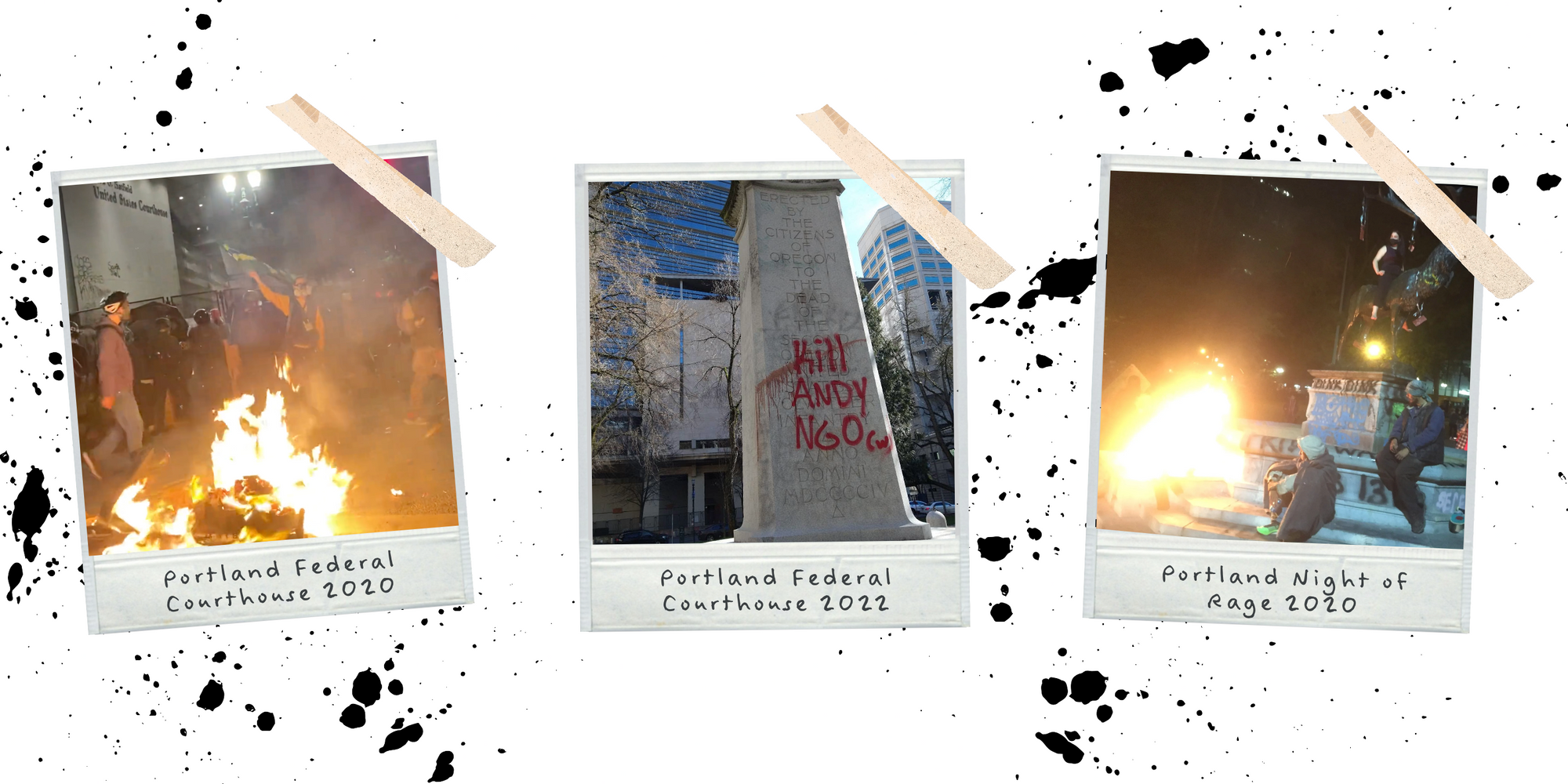
Portland has all the makings of a big city and the heart of a small town with a progressive ethos. A forward-thinking people standing on the shoulders of ancestors who were the hardiest of settlers, homesteaders who dared to venture the furthest away from civilization as states were still being formed. These autonomous people possessed a deep distrust of the government- a Portland tradition that has been well preserved to this day.
The shattered windows of Portland’s downtown police precinct illustrate some of the city’s most contentious moments, with its boarded windows and stone facade of scrubbed graffiti that once read, “abolish, defund, dismantle”. After protests in 2020, the Portland City Council implemented millions in budget reductions, but years later citizens began attributing a surge in shootings and homicides to the absence of specialized law enforcement units. A report by the Oregonian found 82% of Portland area residents had a preference for a larger police force, a sentiment that echoed in Mayor Ted Wheeler’s proposed budget of $261.7 million for the 2024 fiscal year, up 6% from previous years.
The rules of symmetry assert there can be no greatness without some strangeness in proportion. Portland has a great deal of strangeness, along with its many dumpster fires. Portland knows how to keep it weird and offbeat but it also has a way of unfurling itself. Tent cities are everywhere, from city sidewalks to outer highway bluffs that shelter encampments from dispersal by police who prefer not to venture down these steep overhangs. Pitch a tent on the grass across the Multnomah County Courthouse and no one even looks at you funny.
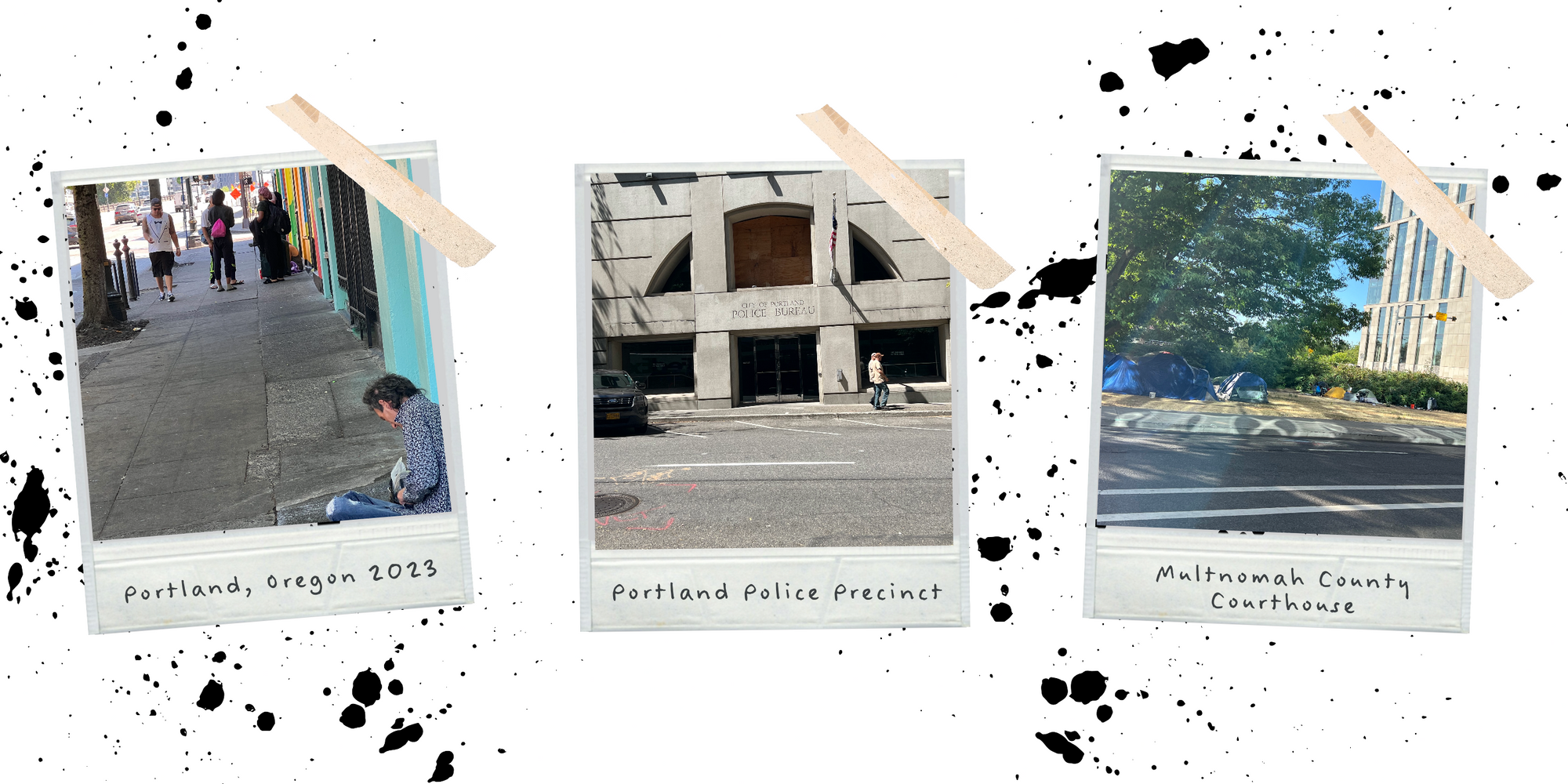
The sidewalk corners of Portland are brimming with addicts preparing their next hit, or caught in the stupor of one; whatever their ambitions for the day, the junk wins by default. Structured help is visibly available, their desperation is not one of thirst or hunger, it is about succumbing to whatever part of the brain offers the greatest euphoric bliss of an opium-induced stupor; this is their passport out.
At night the hustle and bustle of professionals disappear and shadowy figures occupy the corridors of building archways. Two people empty a city trash receptacle on the sidewalk to burn for light, every few feet bodies lay slumped, a man tries to die on the sidewalk in front of us, and paramedics administer Narcan in an attempt to save his life. The relentless pace of drug overdoses in Portland overburdens its emergency medical system, with half of these calls made to outside public spaces like parks and sidewalks. On this night, as with most nights, the addicted go searching for something, these inhabitants who find themselves in the darkness only end up losing themselves once again.
The citizens of Portland want what most of us want: affordable housing, healthcare that protects the most vulnerable, and job security. Dostoevsky wrote that taking a new step is what people fear most and through all the pointless chatter of progress remains the inevitability of doing nothing; this is where passive disinterest and peaceful resistance become the enemy of change. There is no room for apathy in a revolution, no clinging to old values in a prevailing system that, to them, feels futureless. Eroding the system is done with the justification that the system is already broken, which not only vindicates the act of destruction but offers no alternatives to working, “inside” the system. It becomes easier to abolish, defund, and dismantle than it does to build.
For years, Andy Ngo covered the activities of Rose City Antifa and its members, and for years they targeted him and carried out some of the most brutal attacks many of us have ever seen on a journalist. In 2020, Ngo filed a civil lawsuit against Rose City Antifa and six of its members for assault, battery, and intentional infliction of emotional distress. Rose City Antifa was dismissed after the judge ruled an unassociated entity cannot be held liable, however, several affiliated Antifa members were ruled to be in default or settled and will be held liable.
Left standing before a jury was John Colin Hacker and Elizabeth Renee Richter, Antifa’s deep-sixes, whose primary role is in finding and identifying infiltrators for the black bloc to swarm against. These perceived infiltrators are what Hacker calls, “right-wingers undercover” and on May 20, 2021, while reporting undercover, defendants Hacker and Richter were the first to approach Ngo while he was covering a protest in Portland. Surveillance video shows Ngo receiving a series of brutal beatings by Antifa members roaming the streets with Hacker before seeking refuge inside The Nines hotel. Moving past security, Richter approached and threatened Ngo as he hid behind the hotel counter, with security holding off the mob, both Hacker and Richter posted Ngo’s location on Twitter that night. Hacker was also accused of assault and robbery in a separate incident when he poured water on Ngo and forcibly took his phone at a local gym. Despite admitting to allegations, and substantial video evidence, the jury found John Hacker and Elizabeth Richter were not liable for these actions.
Revolutions constitute a vast network of people who have been thrust into disillusionment. They resort to what amounts to cruelty, pain, and injustice in a radical political agenda that institutes confrontation with no compromise. When persuasion alone does not change the attitudes of the masses, organizers agitate, rub resentments, fan hostility, and search out controversy. When deliberations take too long, a revolutionary force becomes essential to purposeful action. The objective becomes to disrupt the present system. Anarchist systems thrive on disruption, no one comes when you dial 911, or in this case, courts allow the intimidation of their juries. Lack of patience for jurisprudence resulted in escalating threats sent to the court during this trial, and eventually, jurors started to express fears and concerns over retaliation. This disruption led to the separation of all attending parties for the remainder of the trial midweek. Only press from publications deemed sufficiently popular were given unfettered access by the judge, a move which surprised everyone considering the plaintiff himself is an independent journalist. Ngo's trial lawyer, Dorothy Yamamoto, questioned the fairness of having the Ngo v. Rose City Antifa, et al. trial marred by security incidents.
Revolutionary forces target those who most shine a light on its realities, and for Rose City Antifa, Andy Ngo was first on the scene. If there wasn't an Andy Ngo we would have to invent one, because we need journalists on the ground telling the stories no one else wants to tell. Journalism also has a history of supporting revolutionary forces. Walter Duranty from the New York Times was Stalin’s journalist, he and other journalists in the West aided in hiding the existence of the Soviet famine that killed millions of Ukrainians during the Holodomor, which freelance journalist Gareth Jones later exposed under his own name. Jones was murdered a few years later under mysterious circumstances.
In truth, many of our present-day leaders also have a history of supporting revolutionary forces. In his book Unmasked, Andy Ngo says "If the riots of 2020 prove anything, it’s that a sizable portion of Democratic politicians, intellectuals, academics, and journalists find riots and looting justifiable if committed in the name of “racial justice.”
When participatory democracy itself is not enough the rebels turn to nihilistic channels and became the very antithesis of their original design. Like most rebels, they become disillusioned from what the majority view as a good life, they fight the system against a bankrupt bourgeois to expose society’s innate hypocrisy just to live long enough to see themselves become the villain. The result is a logical fallacy of snap judgments and bias towards the rebel's perceived threats: in this case, the judge, jury, and Andy Ngo. The task of agitation becomes the rebel's objective and means by which it recruits. This is anarchy without charisma.
Widespread rioting, looting, arson, the destruction of pro-life family centers, the burning of churches, and the tearing down of statues is all part of the rebel's Marxist syndicalism. In "Human Action, A Treatise of Economics", Ludwig von Mises describes syndicalism as the rebel’s justification to do whatever they want at the expense of others. In the end, revolution becomes the only solution, through any mitigating circumstances, and by any means necessary. Immutability is the standard constant in this human condition.
Portland is where bridges span rivers and ideologies converge. A shared objective in the dream of life liberty and the pursuit of happiness is to create the circumstances in which we have the chance to live by values that give meaning to life. History has shown if you successfully bring about anarchy, people will sign up for anything to get rid of it; desperation for order becomes more potent, and this is how you lose your freedom. Far from being a forward march, the Marxist anarchist revolution is more of a recurring loop.
Take a look at the work of others who were also in Portland, Oregon for the Andy Ngo trial. Special thanks to those who shall not be named, you know who you are:
Andy Ngo, Antifa And The Breakdown Of American Justice
By Melissa Chen
A Journalist Is Attacked And Smeared, And The Media Cheers
By Douglas Murray
A Reporter Is Suing Portland Antifa, And We're Covering The Trial
By Ezra Levant, Rebel News
Lawyer Says 'I AM ANTIFA' And Vows To Remember Jurors' Faces During Andy Ngo Trial: Transcript
By Katie Daviscourt
Portland Jury Sides With Antifa In Andy Ngo v. Rose City Antifa, et al. Trial
Laura Ingraham, The Ingraham Angle, Fox News
Andy Ngo's Lawyer Weighs In On Jury Verdict In Antifa Lawsuit
Eric Bolling & Katie Daviscourt, Newsmax
Jurors Were Terrified During Seven-Day Ngo v. Rose City Antifa, et al. Trial In Portland
Carl Higbie, Frontline, Newsmax
Unmasked: Youtube
@AndyNgo
I met a lot of people reporting on the ground in Portland, people who risk their safety so you can see what is happening here, please take a look at their work:
Rebecca Brannon; Photojournalist
@RebsBrannon
Chelly Bouferrache; Photojournalist
@HoneyBadgerMom
Julie Turcol; Photojournalist
@Italiangirl104


